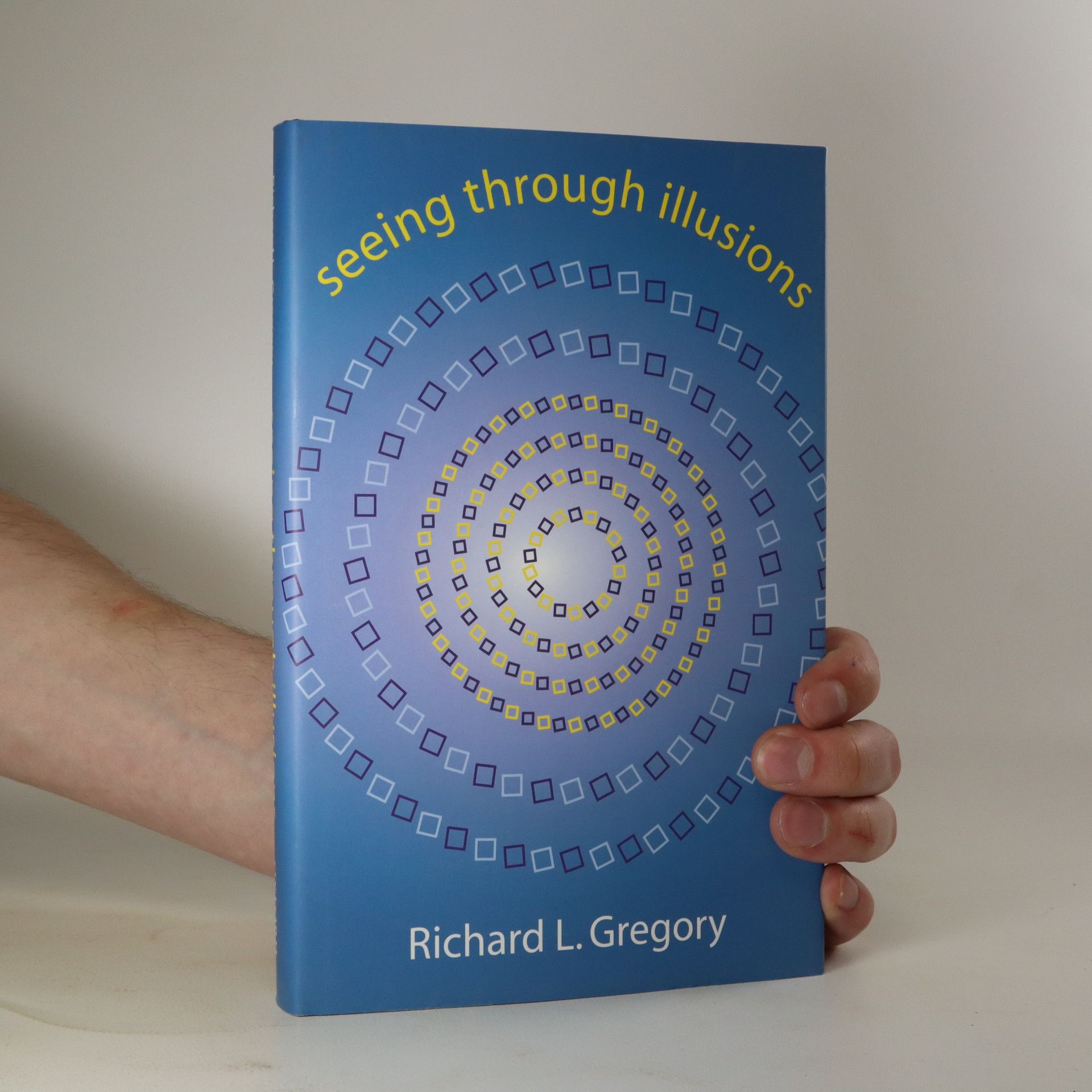The second edition of the acclaimed Oxford Companion to the Mind features 900 articles covering all aspects of the brain and consciousness, contributed by over 300 leading scholars. Blending cultural and scientific perspectives, it offers authoritative descriptions and analyses infused with wit and a personal touch. New entries explore topics such as artificial life, attachment theory, caffeine, and extra-terrestrial intelligence, among others. The edition includes three new mini symposia on consciousness, brain imaging, and artificial intelligence, showcasing diverse specialist contributions that present a balanced yet engaging exploration of these significant subjects. Notable contributors include Roger Penrose, Steven Rose, Beryl Bainbridge, and Noam Chomsky, addressing themes from consciousness to language. The content spans a wide array of topics, including ageing, aggressive behavior, brain disorders, depression, existentialism, hallucinations, memory, mental illness, perception, psychotherapy, and the mind-body problem. This comprehensive resource serves as an essential guide to understanding the complexities of the mind, incorporating historical and contemporary perspectives on various psychological and philosophical concepts.
R. L. Richard Langton Gregory Livres


Seeing through illusions
- 253pages
- 9 heures de lecture
In Seeing Through Illusions , renowned scientist Richard Gregory explores what visual illusions can tell us about how our brains perceive the world. Looking at optical tricks and many other extraordinary phenomena, Gregory explains how scientists use these anomalies to peel back the normalprocesses of perception, and to reveal how the brain performs the remarkable feat of representing the real world with the kind of richness and accuracy which we experience--and take for granted--every day. And these visual illusions not only tell us about how our brain works, but they also revealthe brain's evolutionary past. Traces of earlier stages remain buried within our brains like stratified layers, laid down through evolutionary time, and Gregory shows how the study of different kinds of illusions reveals glimpses of these layers. Interweaving science with reflections on art andphilosophy, fascinating psychological case-studies, and some amazing visual phenomena, this book addresses questions about our brains that have puzzled scientists and philosophers for centuries.